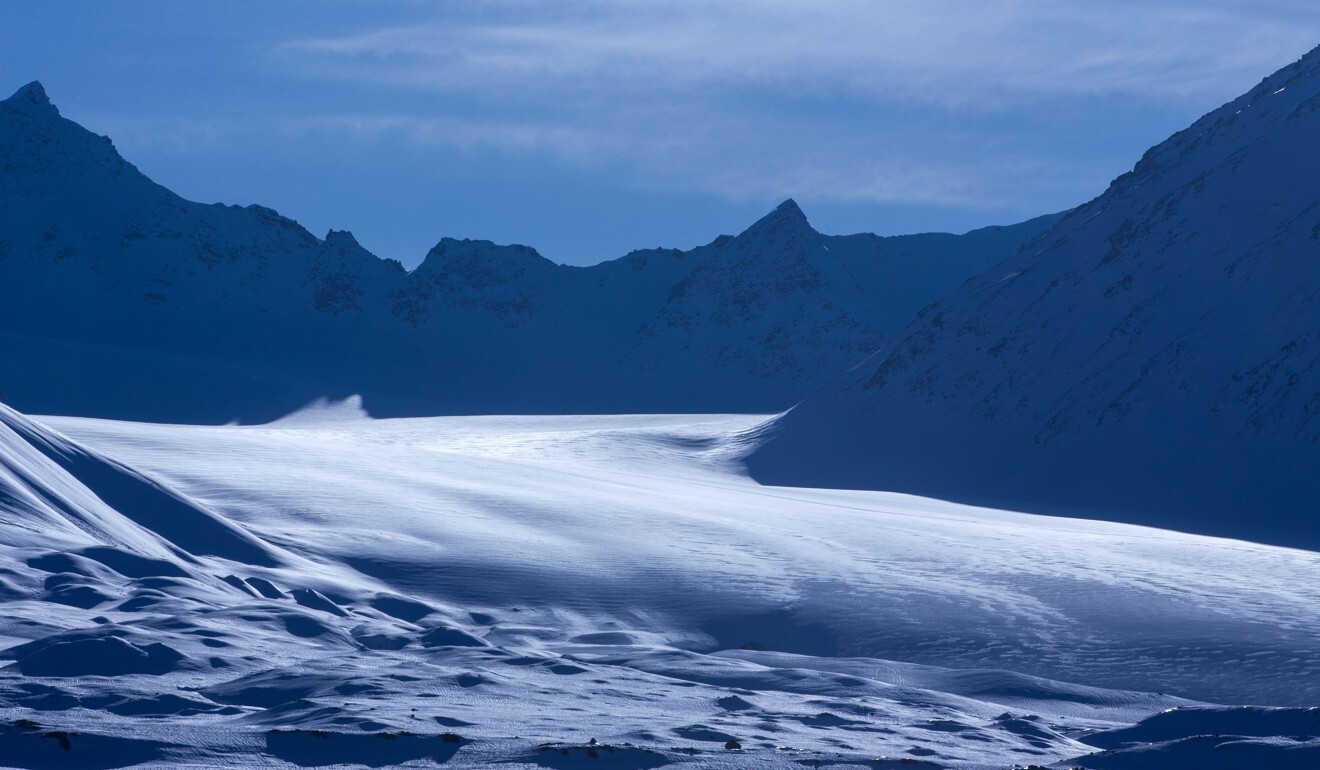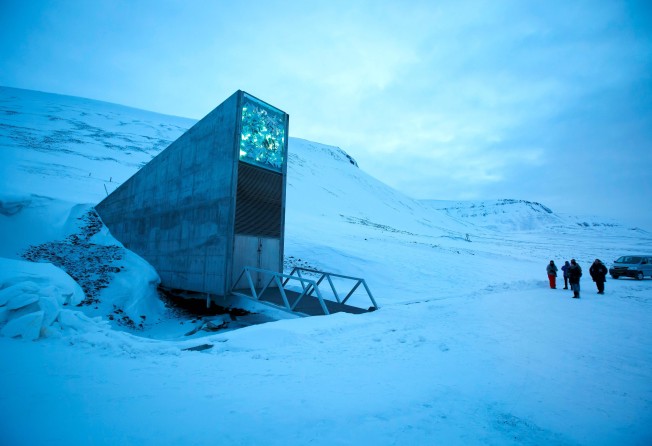
World’s most remote holiday? Arctic ‘doomsday vault’ gets visitor centre
- The facility will showcase the contents of the Svalbard Global Seed Vault, which was built to preserve samples in the event of nuclear war or other disasters
- The separate site is being constructed on Norway’s Spitsbergen island, and will also house parts of a digital archive of human heritage

One of the most remote and unwelcoming parts of the planet is trying its luck as a tourist destination.
A one-of-a-kind visitor centre dedicated to the Svalbard Global Seed Vault, dubbed the “doomsday” vault, is being built on Norway’s Spitsbergen island, north of the Arctic Circle.
The centre will showcase the contents of the famous seed bank, a storage facility built on the Arctic permafrost to preserve seeds to safeguard humanity in the event of a disaster.
The spectacular building will also house parts of the Arctic World Archives, a digital archive of human heritage, designed to withstand global disasters and thought to be one of the safest locations on Earth.

Separate from the two existing preservation sites, the visitor centre is being built in the island’s capital Longyearbyen, with an opening planned for 2022, Norwegian tourism officials say.
Svalbard means roughly “cold coast” and its geopolitical and climatic stability has made it favourable for preservation of human culture and Earth’s life forms in the event of nuclear war or other disasters.
This Arctic region is better known under the name of Spitsbergen, even if that name, strictly speaking, refers only to one part of the group. For a long time, Svalbard was considered a sort of no-man’s-land. It was only in 1920 that Norway’s sovereignty over it was confirmed.
The Soviet Union was interested in coal from the island. Even today, there are Russian-speaking enclaves here.
Exploring Svalbard can be done from the sea. Some visitors travel on the veteran Norwegian postal vessel, the Nordstjernen, which keeps research and trapper stations supplied. Whales and seals can been seen from on board. Base camps of former expeditions to the North Pole are visited.
The trip is like a time warp into the late 19th century, when competition to get to the poles was intense and adventurers believed their expeditions would bring them scientific immortality.

But the island can also be walked.
A weapon is needed because the danger from the bears. All details of your planned route and of equipment including evidence of insurance must be handed in. This is the law since 1992. Up until then, there had been some gruesome incidents.
Tales are told about hungry bears venturing into Longyearbyen itself, and about researchers whose bodies have never been found.